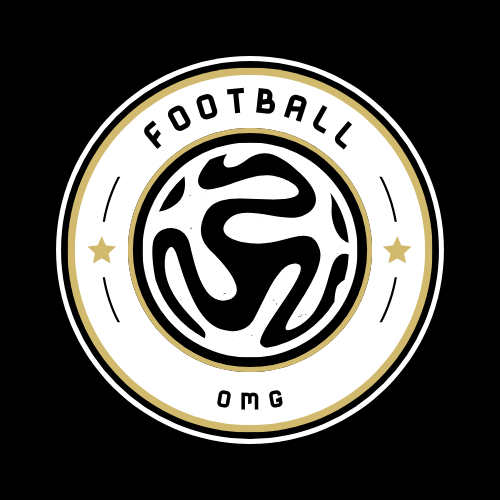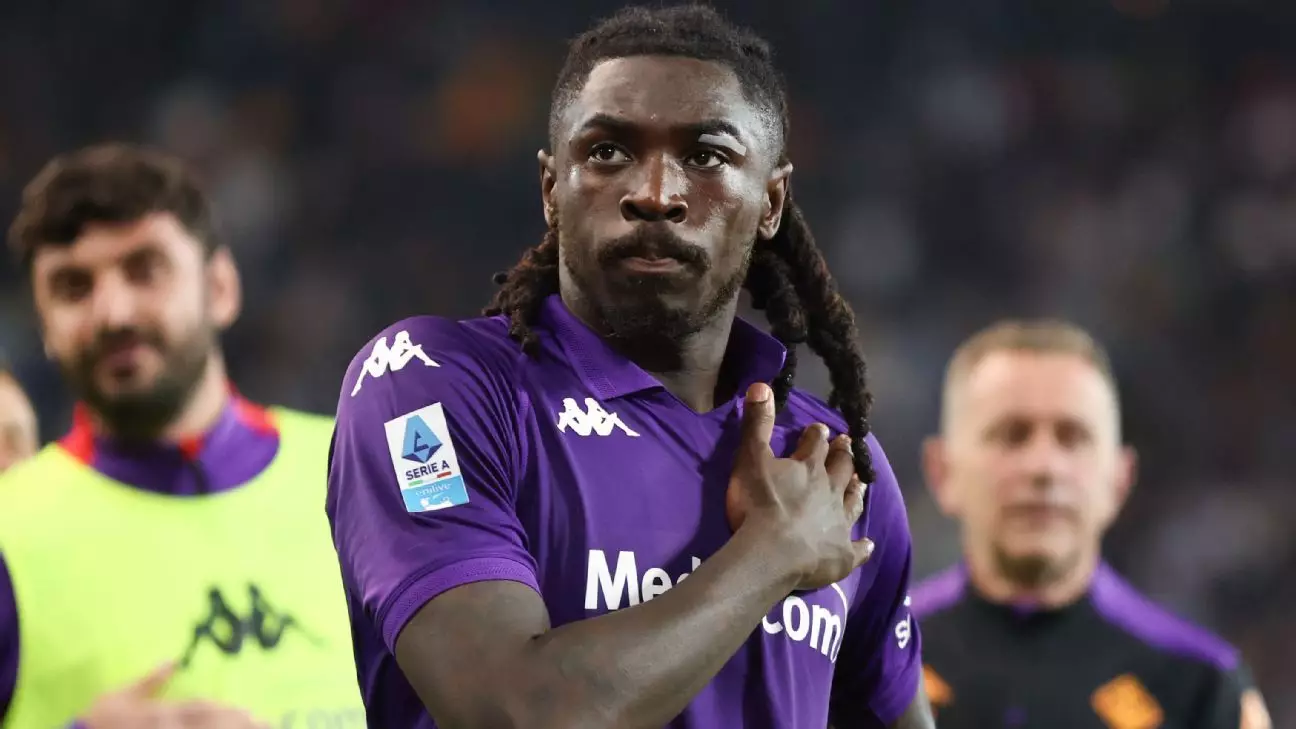Manchester United finds itself at a pivotal crossroads in this summer’s transfer market. Initially fixated on securing Bryan Mbeumo from Brentford, the club’s ambitions have hit a significant roadblock after a hefty £62.5 million bid was firmly rejected. This refusal has triggered a pressing need for the Red Devils to pivot quickly if they want to reinforce their squad. The alternative on their radar is Moise Kean, who presents a complex proposition. With a £44 million release clause at Fiorentina expiring imminently on July 15, United has less than three weeks to activate this option, or risk losing out entirely.
Kean’s profile is intriguing yet nuanced. He has an impressive CV that includes stints at Juventus, Everton, and PSG, but has often been utilized as a backup rather than a leading striker. Whether he represents a genuine upgrade or a compromise compared to Mbeumo is debatable. United’s hesitation could reflect both the financial gamble and the player’s potential impact on the squad. This situation epitomizes the dilemmas clubs face: choosing between high-priced established targets and opportunistic signings that may or may not fully align with tactical needs.
Liverpool’s Tactical Maneuvering in Player Exchanges
Liverpool, a club known for calculated and often shrewd transfer strategies, appears ready to innovate by proposing a player-plus-cash swap with Crystal Palace. The target: defender Marc Guéhi, valued at roughly £50 million by Palace. Liverpool’s reluctance to meet this price outright indicates a strong desire to optimize the deal by involving winger Ben Doak as part of the package. Doak’s inclusion serves a dual purpose—it may lower the transfer fee and also removes a player from Anfield’s roster who is expected to depart.
This kind of swap deal is a tactical maneuver reflecting the constraints of the modern transfer market, where escalating fees discourage straightforward purchases. It also highlights how young talents can become valuable bargaining chips, not just long-term prospects. Meanwhile, Liverpool is simultaneously losing defenders like Jarell Quansah, who is reportedly finalizing a move to Bayer Leverkusen. This indicates a subtle restructuring of their backline, balancing incoming talent with outgoing prospects.
Broader Transfer Dynamics: Emerging Trends and Financial Prudence
Outside the Premier League giants, several less heralded moves shed light on wider market forces. Besiktas’ reported verbal agreement with AS Roma for striker Tammy Abraham underscores the shifting recalibration of players who have not quite found consistent Premier League form but remain valuable assets. Abraham’s recent loan to AC Milan was moderate in output, and this €20 million deal marks a reasonable valuation for a 27-year-old seeking a fresh start.
Elsewhere, Arsenal’s imminent parting with Thomas Partey is emblematic of contract impasses often seen in the off-season. Partey, after three years at the Emirates, will leave on a free transfer, signaling a potential loss for Arsenal in midfield experience. However, the club looks poised to fill this gap with Brentford’s Christian Nørgaard, suggesting a pragmatic approach—investing in players who may offer a better balance of cost and contribution.
Meanwhile, West Ham’s pursuit of Borussia Mönchengladbach’s Rocco Reitz represents an aggressive attempt to secure young talent valued around €20 million. Despite Reitz’s recent contract renewal until 2028, West Ham’s interest, alongside rivals Brighton and Fulham, reflects the premium placed on emerging German midfielders who blend technical skill with tactical intelligence.
International Players and the Rise of Unconventional Markets
Transfers are no longer limited to traditional European leagues. Neom SC’s agreement with Nice for goalkeeper Marcin Bulka serves as a reminder that leagues outside the typical spotlight are becoming serious players. Sunderland’s belated interest was insufficient to sway the Polish goalkeeper, who opted for a new challenge that could be driven by both financial incentives and the allure of pioneering in less conventional settings.
Such moves illustrate a diversification in career trajectories for players previously expected to remain within Europe’s top five leagues. This trend reflects both the globalization of football and the growing financial muscle of emerging markets, challenging established hierarchies and broadening the scope of professional opportunities.
Reflection on Transfer Market Realities
In dissecting these developments, one clear theme emerges: modern football transfers are increasingly complex transactions requiring astute financial management and strategic foresight. Clubs can no longer rely on straightforward purchases but must juggle variables like contract expiry dates, release clauses, player valuations, and the leveraging of youth potential as bargaining assets.
While some deals hinge on urgency—as seen with Manchester United’s ticking clock for Kean—others reveal patience and tactical savvy, exemplified by Liverpool’s creative swap proposition. These patterns suggest that adaptability and innovation are as crucial off the pitch as tactical prowess is on it.
Transfers may often be framed as successes or failures after the fact, but the process itself is a high-stakes balancing act. The summer window, with its looming deadlines and shifting priorities, reveals much about a club’s ambition, financial health, and willingness to embrace modern complexities in pursuit of success.

